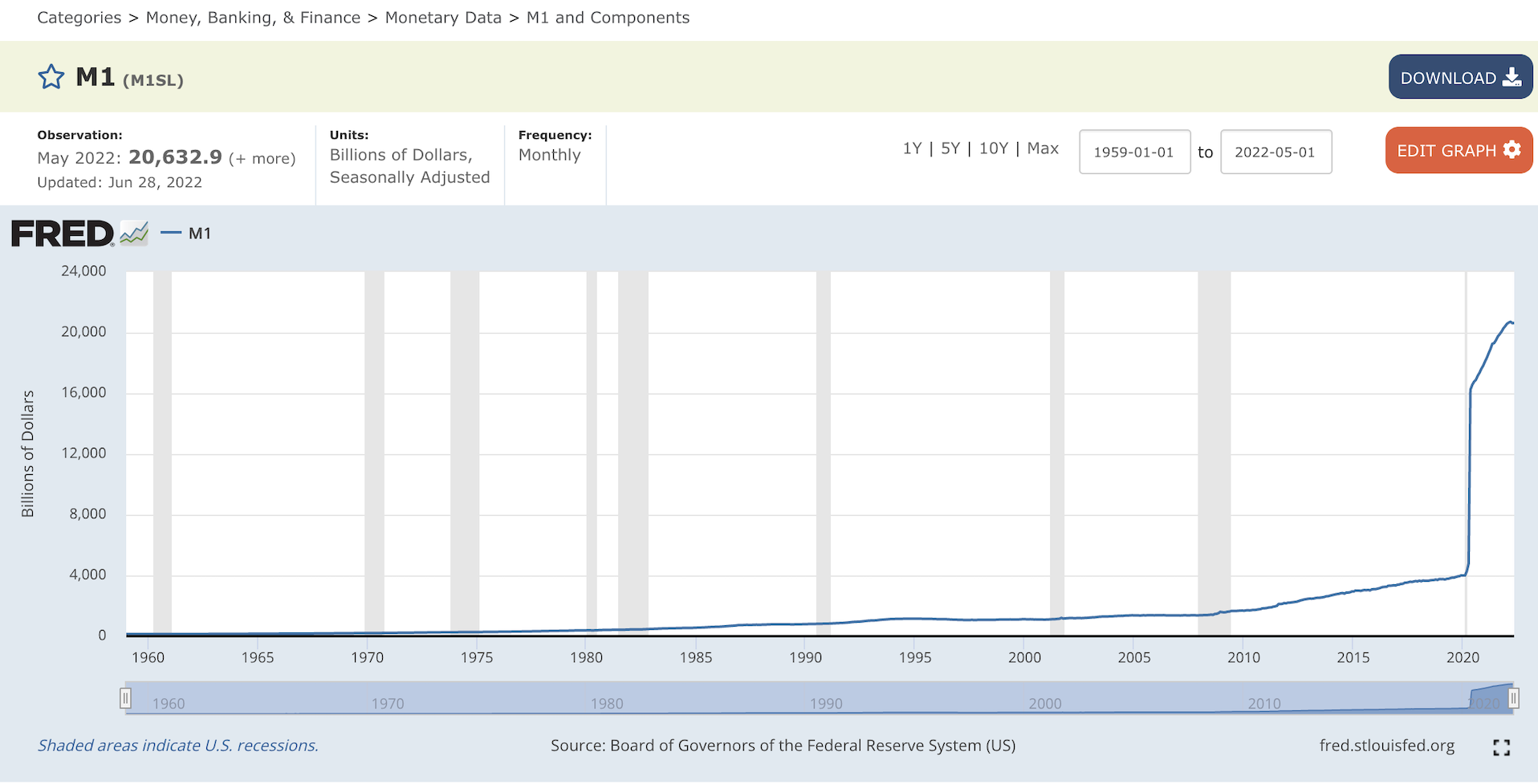The dollar had an average inflation rate of 8.58% in the last 12 months. As a result, the real value of a dollar has been decreasing recently. The increasing inflation rate has dramatically impacted business and the economy. As a result, many business leaders seek practical strategies to fight inflation.

Context is key for entrepreneurs who want to successfully navigate this current inflationary period. So let us examine some of the leading causes of inflation today, and strategies business leaders can employ to fight it.
Key inflation drivers
The leading causes of inflation are increased demand, more jobs, and supply chain problems. With incomes up due to government stimulus checks and raises, demand accelerates. In addition, year-over-year job postings indicate the need to replenish workers lost to attrition and fill new positions required to keep up with demand.
As the third leg in the crisis, disruption in the supply chain goes beyond manufacturing facilities locked down due to the pandemic. For example, cargo ships now sit in the ocean waiting to unload (e.g., at the Port of Long Beach, 80 ships from China sit waiting to be unloaded, each containing up to 24,000 containers).
In addition, the trucking industry finds it difficult to retain drivers and attain a suitable capacity. As a result, from 2019 to 2022, the cost to ship a container via truck tripled ($5K to $15K). It all adds up to inflation.
Editors Note: Money supply and inflation are also related. For further macroeconomic perspective, we can review the Board of Governors of the Federal Reserve System’s data on the U.S. monetary supply at the beginning of 2020 – $4.0192 trillion in circulation. By January 2021, that number rose to $6.7 trillion. By December 2021, the Federal Reserve reported the M1 money supply was a record $20.55 trillion in circulation — meaning that since January 2020, the U.S. has printed nearly 80% of all U.S. dollars in existence. Ultimately, printing money by increasing the money supply causes inflationary pressure.

Historical inflation rates provide perspective
During the 1970s and ‘80s, Americans experienced inflation rates of 10-15%. In a different situation at another time, the high inflation rates of the late 1970s and early 1980s related more to global geopolitical issues than the structural matters described above.
At that time, Federal Bank Chairman Volcker instituted high-interest rates and slowed reserve growth to catch up. Moreover, while fluid and fast-moving, the current situation offers hope. Some economists believe inflation can be contained mainly by the end of 2022 or early 2023.
Three important ways inflation impacts businesses

After identifying the causes, Kevin noted three significant ways inflation affects companies: cash loses value, increased cost of goods sold, and squeezed overall profits.
1. Cash loses value
Holding much cash in an inflationary environment can be a disadvantage. So it is better to deploy before rates go higher and the value of the money goes down.
2. Increasing cost of goods sold
Let’s assume a construction company contracts to build a $1M building with an initial cost of materials of $350K. When the company purchases those materials, the price of two-by-fours may have doubled, driving the cost of goods (COGS) up and margins down.
Business executives find it challenging to pass those increased costs onto the consumer/client. In addition, they will likely also spend more money acquiring and retaining sub-contractors and employees, further negatively impacting the bottom line.
3. Overall profits squeezed
Access to capital becomes limited as profits diminish for some because their credit facilities’ covenants require certain levels of profitability. In the construction company example above, an anticipated $250K profit may fall to $200K because COGS increased, requiring more investment for the same materials. So, what can businesses do now?
Three strategies to fight historic inflation
Here’s a look at three ways business leaders can fight record inflation.
1. Carefully raise prices
Business leaders must evaluate their current pricing structure and look to incorporate price adjustments into contracts. Logistics and trucking firms, for example, institute a fuel surcharge when diesel fuel rises above a certain amount.
With the current situation, most businesses expect price increases. So, moving swiftly to adjust pricing and hedge for the future makes the difference in a successful pricing strategy. Consider adding value to support price increases. For example, a software business could bundle additional services at low prices.
2. Stock up on supplies and raw materials
With high cash levels, consider front-loading or buying raw materials in bulk (instead of buying six months from now) to save money and obtain a bulk discount. If strapped for cash, consider borrowing to stock up (see below).
3. Reevaluate cash and credit facilities
If doing well, consider going to the company’s credit facilities to secure a loan because the company will pay the loan back with less valuable dollars. For example, what $100 will purchase today differs from six months ago.
Also, consider making those technology, personnel, and other investment moves essential to driving growth and efficiencies, providing long-term benefits. For example, investments in buildings, machinery, and even an acquisition are viable options.
Regardless of the chosen strategy, evaluate how competitors react to the situation. Furthermore, monitor the health and performance quality of suppliers.
An opportunity to win
All business cycles produce winners and losers. However, opportunities abound depending on the current state of the business and the speed of decision-making. Kevin summed it up with the above three strategies to help companies win during these inflationary times.
Deborah Fell is Partner & CMO with Chief Outsiders, the nation’s largest and fastest-growing firm offering fractional Chief Marketing Officer services with Fortune 500 experience. Kevin Scott is a Partner with B2B CFO, a firm that provides management advisory services to privately held companies.
© YFS Magazine. All Rights Reserved. Copying prohibited. All material is protected by U.S. and international copyright laws. Unauthorized reproduction or distribution of this material is prohibited. Sharing of this material under Attribution-NonCommercial-NoDerivatives 4.0 International terms, listed here, is permitted.














